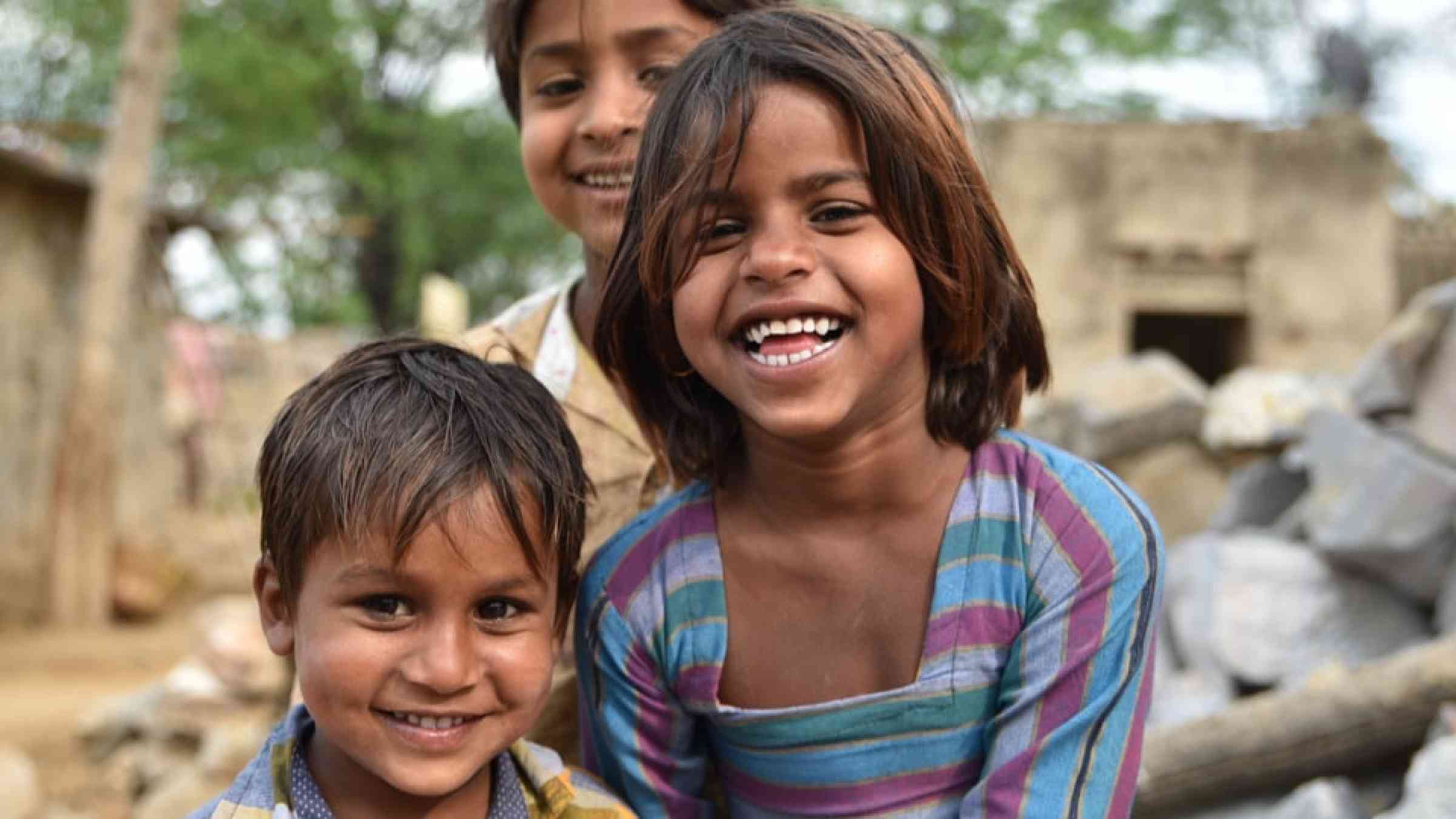UNICEF report finds children in Thailand at ‘high risk’ from climate change and environmental degradation

Children in Thailand are at high risk from climate change, according to a new study released today by UNICEF and conducted by Thailand Development Research Institute. Those living in the northeastern and southern provinces of Ubon Ratchathani, Nakhon Rachasima, Sri Saket, Nakhon Srithammarat and Narathiwat face the highest risks of all.
The study - Impact Assessment of Climate Change and Environmental Degradation on Children in Thailand - is the first of its kind in Thailand, examining the impact of climate change specifically on children across provinces, incomes, disabilities, and ages. It also features a Child-Sensitive Climate Risk Index for the country based on factors including extreme heat, cold, floods, droughts as well as the availability of healthcare facilities and social services in each province. This can help the Government, civil society and businesses prioritize climate action for children and their communities.
According to the study, the primary climate hazards affecting children in Thailand are floods, droughts and high temperatures, which can cause water contamination, spread of diseases and food insecurity. These threaten the health, development and well-being of children, who are more vulnerable to climate disasters than adults due to their less developed immune and nervous systems as well as their dependency on adults for their safety and well-being.
“Today in Thailand, we can witness first-hand the devastating effects of floods, droughts, pollution, and extreme heat on children's physical and mental well-being,” said Kyungsun Kim, UNICEF Representative for Thailand at a study launch event organized in Bangkok by UNICEF and the Department of Environmental Quality Promotion. “These climate and environmental hazards increase children’s vulnerability diseases and disrupts their access to education, essential services and food supplies. This can lead to illnesses, malnutrition, stress, anxiety and even death, and creates lifelong damage to children’s development and well-being. In other words, it robs them of their future. And yet, this crucial child rights issue is not getting the attention or the action it deserves."
The study also finds that the climate crisis and environmental degradation is disproportionately affecting the most vulnerable groups, with children from low-income families, children living in rural areas, children with disabilities, and migrant children more likely to suffer the worst and compounding consequences.
In 2021, Thailand ranked 50th out of 163 countries where children were most at risk from the impact of climate change, according to UNICEF’s global Children’s Climate Risk Index. A global UNICEF report - The Coldest Year of the Rest of their Lives: Protecting Children from the Escalating Impacts of Heatwaves - released in October last year further revealed that over 75 percent of children under 18 in Thailand (10.3 million), were exposed to high heatwave frequency in 2020. By 2050, almost every child in the country will suffer high heatwaves more often and for longer unless no serious action is taken.
To help mitigate the impact of climate change and environmental degradation on children in Thailand, the new study released today recommends actions to take:
- Ensure that the climate change policies are child sensitive. Policies must take into consideration the needs of children and young people and include measures that protect them from the impact of climate hazards.
- Promote awareness, knowledge and skills related to climate change and to protect the environment among children, including out-of-school children, so they can better understand how they are affected, how they can protect themselves, and take climate action.
- Strengthen climate resilience in high-risk communities by equipping them with knowledge and skills to adapt to climate change; supporting their preparation, prevention and response to climate hazards; and providing an effective and timely early warning system that everyone, including the most vulnerable children, can easily access and follow.
- Create platforms where children and young people can participate and exchange ideas on how to prevent and respond to climate change and protect the environment in their communities.
Children and young people played an important role at the COP-27 summit organized in Egypt last November. It was the first time that children and young people were given their own pavilion and climate forum where they called for more commitment and action from policy makers and businesses to address the global climate crisis.
In November last year, UNICEF Thailand launched U-Report, a chatbot on the LINE application for young people to share ideas and speak up on issues that matter to them through polls. According to a poll on climate change which collected opinions from 517 young people in Thailand, more than half of the respondents said they have basic knowledge or none at all on what climate change is. About 63 per cent of the respondents said they don’t know how to respond to climate related hazards.
In 2023, the Committee on the Rights of the Child will launch a General Comment on Children’s Rights and the Environment with a special focus on climate change. Based on the voices of children and young people, especially from communities most impacted by the climate crisis, the General Comment aims to build universal standards for governments to uphold children’s rights impacted by the environmental crisis.
“Everyone, from every part of our society, has a role to play in taking climate action for the young generation today and a livable planet tomorrow,” said Kim. “This requires an informed approach and, most importantly, a serious commitment to every child, especially those most vulnerable to climate change.”